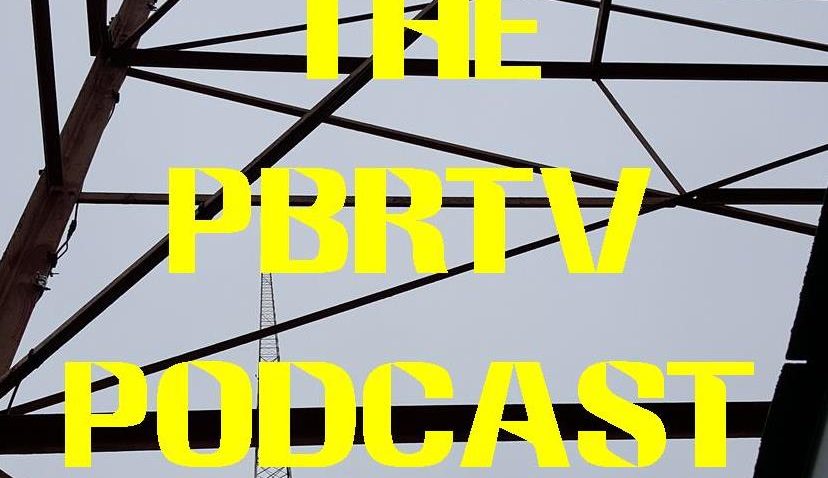‘Mister Rogers’ marks 40th
February 19, 2008
Despite news reports to the contrary, 40 years ago today, “Mister Rogers’ Neighborhood” did not appear on PBS.
That’s because 40 years ago, PBS did not exist.
Instead, the landmark children’s program created by Latrobe native Fred Rogers, and produced at Pittsburgh’s WQED-TV (13), debuted on a predecessor of the Public Broadcasting Service, National Educational Television (NET).
In fact, some of the older viewers out there will remember that the model village that opened each episode of “Misterogers’ Neighborhood” once sported a house in the shape of the NET logo.
Rogers’ program, originally titled “Misterogers’ Neighborhood,” was the outgrowth of childrens’ TV programs that the graduate of Rollins College and Pittsburgh Theological Seminary had produced in Pittsburgh as early as 1954.
“Neighborhood” debuted on NET’s affiliated stations on Feb. 19, 1968. Sponsored by NET and grants from the Sears, Roebuck Foundation, the show at first aired in black and white; later episodes appeared in color.
But the format barely changed. In fact, some of the characters — like X the Owl and King Friday the 13th — were created by Rogers and Josie Carey at WQED in the 1950s for “The Children’s Corner.” They followed him to Toronto and the Canadian show “Misterogers,” and were carried along to “Neighborhood.”
Those same characters — and Rogers’ values, including patience, storytelling, a willingness to discuss important topics, and a refusal to talk down to children — captured the hearts of young viewers in the 1950s, then continued to reach their children in the 1970s and their grandchildren in the 1990s.
The final new episodes were taped at ‘QED in December 2000 and aired on PBS stations in August 2001, less than two years before Rogers’ death of cancer.
In all, Rogers and his team produced 900 episodes of “Neighborhood” over a 33-year run.
Many of the early episodes are now preserved at the Museum of Television and Radio in New York and Los Angeles, and a statue is to be erected in Rogers’ honor on the North Side.
But the real lasting memorial to Rogers and his vision is probably the enduring popularity of “Mister Rogers’ Neighborhood,” and its continuing resonance with young children and their parents.
You can find out more about Rogers, and the 40th anniversary of “Mister Rogers’ Neighborhood,” at the website of his company, Family Communications Inc.

